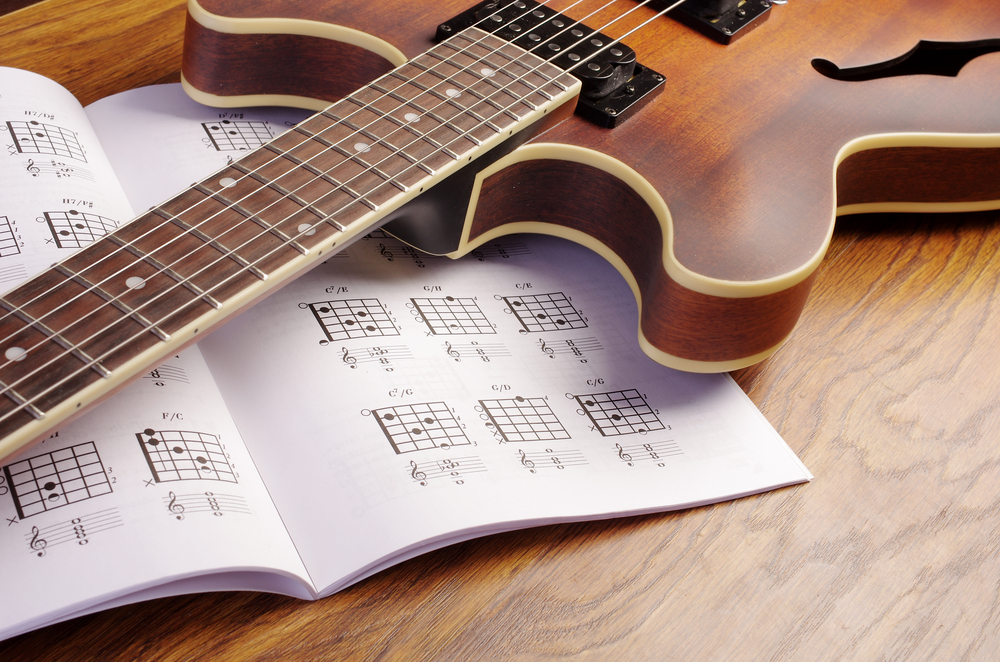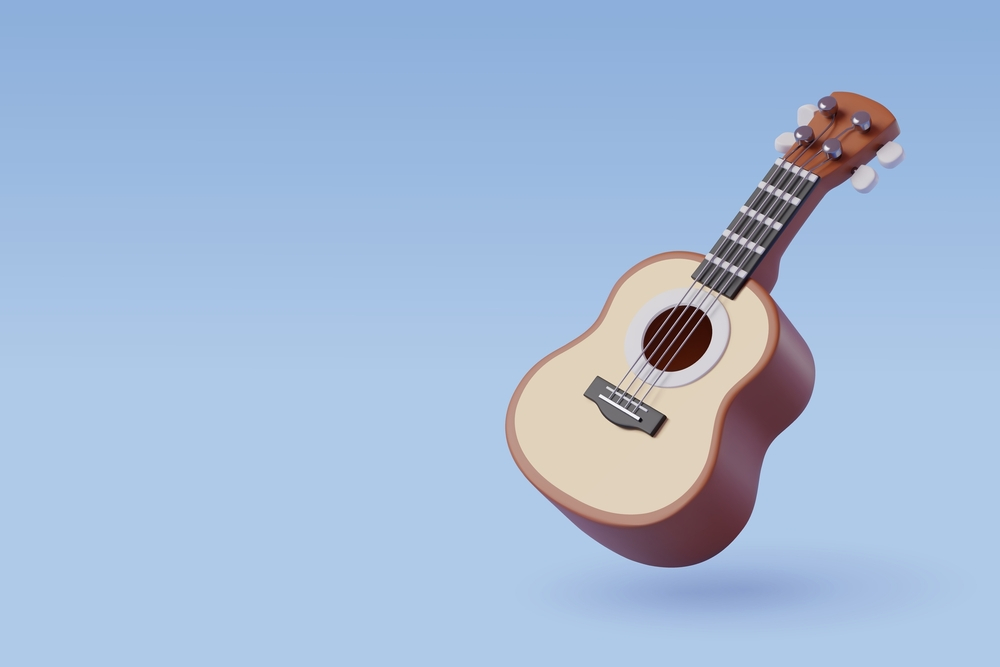Nowadays, while we are living in high-tech century, communication becomes much easier and there are tons of ways to collect and represent data around us. As Aaron Koblin said in his TED talk “Artfully visualizing our humanity” that “Our lives are being driven by data, and the presentation of that data is an opportunity for us to make some amazing interfaces that tell great stories”, he brought novel understanding about data.
Under Aaron Koblin’s view, data are not only narrow in the sense that they are information stored and organized in computer but data are available as human being, we are actually “collecting and creating all kinds of data about how we’re living our lives”. In the context that Aaron presented, “Interface” is a method to organize data in life and represent them to tell a story about lives. In the context that a “wise, media specialist” tweeted, he compared “interface” with book and cinema.
This shows how similar they are and how advance the “interface” is compared to book and cinema. Book and cinema are two conventional ways to tell stories about life, so does interface. Using book, we simply tell the stories by writing and drawing, people reimagine the story by reading. In twentieth century, the seventh art brought new way of telling story by dynamic images. Cinema has made stories livelier. This TED talk is also a prediction that “interface” will be new means to tell even greater stories in twenty-first century.
Discrete data that are available around us seems to mean nothing but by “interface”, these data become meaningful because they reflect how we are living. In the talk, Aaron Koblin has told us a lot of great stories using “interfaces” that he created. Every person can involve in telling that story even if they are not aware of it. If pieces of data are arranged and organized in particular ways, they would become whole new pictures about life. For example, in the “2001: A space Odyssey”, a lot of funny, crazy sounds created by people all around the world finally become a great song, or pieces of a lot hand drawing can become the one hundred dollars picture.
The “Flight patterns” that Aaron shown in the TED talk shows that different ways of representing data bring new views about interesting stories. It is not simple that every flight is monitored by government but the fact that it tells us how people in the world are living, working, enjoying their lives, and these forms patterns.
We can also see how the time goes by, how the earth is moving around and when the atmosphere changes from day to night. With exactly the same data, but if we change the view, change parameters, new story will comes up. The more creative we are, the more interfaces we can create and it means that life can be reflected and demonstrated livelier.
In computer scientist point of view, an interface is not implementation of a specific class but provide common methods and common data that a class implementing that interface should have.
For example, the Collections Framework provides most common interfaces that represent basic types of collection that are list, set, sortedmap. These are neither data nor data types but they are basic structures that any collections should have. Similar to “interface” in the TED talk, what Aaron Koblin and his group has made so far are structures that necessary data can be collected and organized in certain ways.
To create the visualization that he presents on his slides, the data should contains all necessary contents that are timestamps, GPS data (includes location, altitude) of each flight, ways to represent different aircraft (by name or other type of identity).
This data structure can be sort by time, by altitude or any other information. To show the flow of flight changing by time, it is not necessary to have all data in real-time but only discrete data at every period for example at every minute so that it is enough to represent in the fast motion ways.
In conclusion
Aaron Koblin has brought a new view as well as new understanding about data. Data are available all around us; we are creating and collecting data about how we are living. His talk about “Interface” shows creative thinking about how data are collected and organized from social life and human being to create new stories, new understanding about life. By “interface”, collecting, organizing and processing diverse, discrete data is done easier and more effectively by cooperation of people. Life data will be more meaningful with “interface”. “Interface” surely deserves to be next generation of book and cinema to tell more great stories about life in this century.




